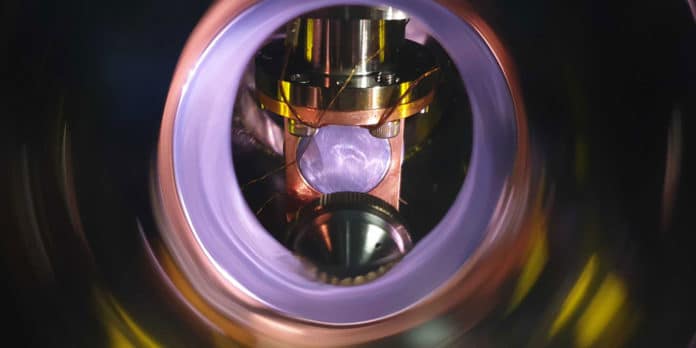Nucleobases play an essential role in the biology of terrestrial organisms since they are the basic units used to record genetic information. From the viewpoint of origins of life on the Earth, therefore, they have been the target for laboratory experiments on the prebiotic synthesis in terrestrial environments.
The synthesis of nucleobases in natural environments, particularly in interstellar molecular clouds, is focal of a long-standing debate regarding prebiotic chemical evolution. In a new study, scientists have reported the first time detection of nucleobases in a simulated environment mimicking gaseous clouds that are found interspersed between stars.
According to scientists, the study could offer detail insights into the origins of life on Earth.
Yasuhiro Oba of Hokkaido University’s Institute of Low-Temperature Science said, “This result could be key to unraveling fundamental questions for humankind, such as what organic compounds existed during the formation of the solar system and how they contributed to the birth of life on Earth.”
The basic structural unit of DNA is known as a nucleotide and is made out of a nucleobase, a sugar, and a phosphate. Past investigations mimicking the conditions expected in interstellar molecular clouds have detected the presence of sugar and phosphate, however never nucleobases.
Now, scientists used advanced analytical methods to detect the fundamental nucleobases in a simulated interstellar cloud environment. Scientists conducted their experiments in an ultra-high vacuum reaction chamber. A gaseous mixture of water, carbon monoxide, ammonia, and methanol was constantly provided onto a cosmic- dust analog at a temperature of – 263° Celsius.
Two deuterium release lights joined to the chamber provided vacuum bright light to induce chemical responses. The procedure prompted the development of an icy film on the duct analog inside the chamber.
Scientists used a high-resolution mass spectrometer and high-performance liquid chromatography to analyze the product that formed on the substrate after warming it to room temperature. Recent advances in these technological tools allowed them to detect the presence of the nucleobases cytosine, uracil, thymine, adenine, xanthine, and hypoxanthine. They also identified amino acids, which are the building blocks of proteins, and several kinds of a dipeptide, or a dimer of amino acid, in the same product.
Yasuhiro Oba said, “Our findings suggest that the processes we reproduced could lead to the formation of the molecular precursors of life. The results could improve our understanding of the early stages of chemical evolution in space.”
The study is published in the journal Nature Communications.
